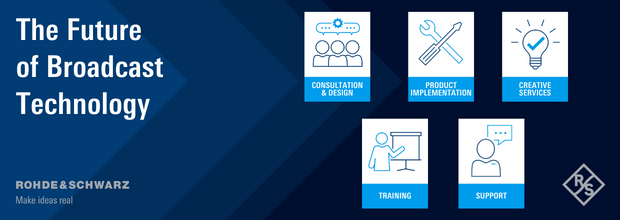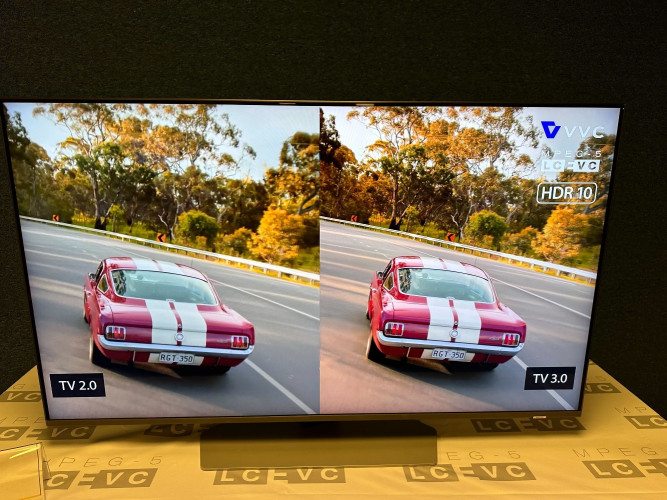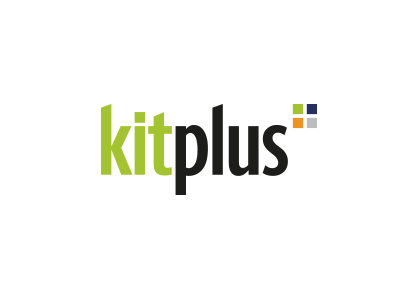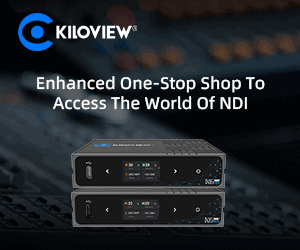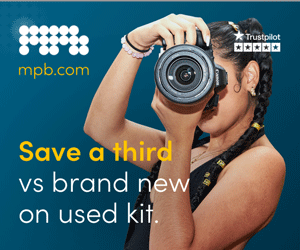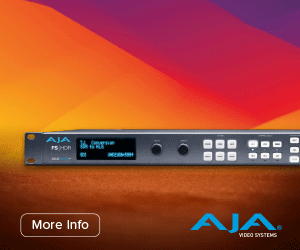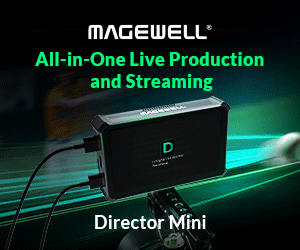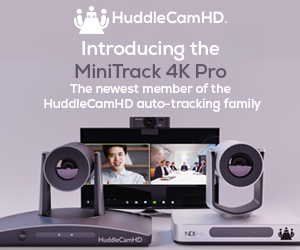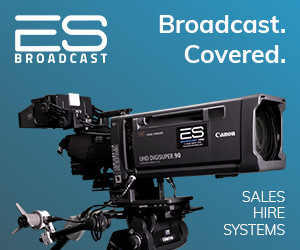What vision do you have of the broadcast technology business moving towards 2030 and beyond?
We are currently in the middle of a transition phase with migration to several new technologies, from the move to IP-based infrastructure and the shift from linear to video-on-demand (VOD).
The question for all of us is how long that transition phase will last; it is going to be faster for some customers then for others – national broadcasters, for example – it will be a slower process. Bear in mind that while there are many broadcasters already operating IP environments and embracing cloud, in some markets we are still talking to customers about tape ingest, so not everybody is in the same place with their transition.
Looking to 2030 and beyond, I think we will have a much broader variety of broadcasters and VOD content services, such as Disney+, emerging; this is a trend that will continue. Content creation will also change a lot and we have already seen tremendous changes take place. A decade or two ago, the industry was dominated by big television and production studios, but now you have the likes of Netflix as well as platforms such as TikTok and YouTube that have enabled consumers to become the content creators. The way content is distributed, and the sources of content will also undergo a transformation.
We also do not yet know what impact the Metaverse will have on how content is created, distributed, and consumed, there will be content consumption via glasses and AR devices on the go too, so the shape of things to come is not fully clear yet.
What key opportunities do you see emerging in your business area?
For us as a technology supplier, there is an opportunity to not just take part in the current transition process to IP and cloud, developing and delivering the solutions customers need today or in the medium-term, but to look ahead to new devices and ways of consumption. As Rohde & Schwarz, we need to ask ourselves how we will be supporting customers in this brave new world, what devices will be used to consume content and look at how we can have software solutions – most likely running in the cloud – to transform the content to be viewable across new platforms and devices (AR, Glasses, etc.). We need to be ready with the technology to help broadcasters and content providers meet the challenges that they will face as they operate in this new landscape.
As we stand on the brink of 5G broadcast, the main issue is that there are no clear business models right now – despite the massive investment by companies such as Broadcom and others, we still have no clarity on what shape 5G broadcast will eventually take. While working demos are already in place, the current state of 5G broadcast is best described as a horse race; we do not yet know who, and what, the winners will be and whether it will take off at all.
IP traffic is a given, so that is the easy part. The Metaverse will probably catch on, but we do not yet know in what way. So, while there are a lot of factors in the air, we are all waiting to see how they will land. So, for a technology provider like ourselves, this means being prepared for what we see on the horizon, but also being open to a lot of different directions.
What challenges do you see for broadcasters and how could they be addressed?
The big challenge is that everyone is eagerly awaiting the next step because that will determine the type of investment customers will have to make in everything from their studios to the delivery networks, and the supply chain down to the consumer. Not only that, but they must also ensure that any technology investments will continue to support them rather than become obsolete in just a few years.
As a trusted advisor in the media industry, Rohde & Schwarz can offer insight on how customers can best prepare for different eventualities before they make any big investments. We see our role as a partner on their journey, providing advice on how to adapt and evolve their system architecture to handle the changes that are coming.
How can broadcasters continue to generate revenue as they compete with OTT providers, content aggregators and even consumer generated content?
It is becoming increasingly difficult for broadcasters in this hugely competitive landscape, where you have companies like TikTok giving everything away for free. However, I do believe that content remains king, and if you are convincing with your content, you can monetise it effectively.
If you take Netflix as an example, they started out by taking content created by others, which they then delivered to subscribers and made their money that way. However, today Netflix has evolved into one of the biggest creators in the world. So, if you are delivering the type of content that consumers want to engage with, there is always a way to make money, whether that is from advertising or subscriptions, or the Sky Ticket model where consumers pay for access to one-off sporting events.










